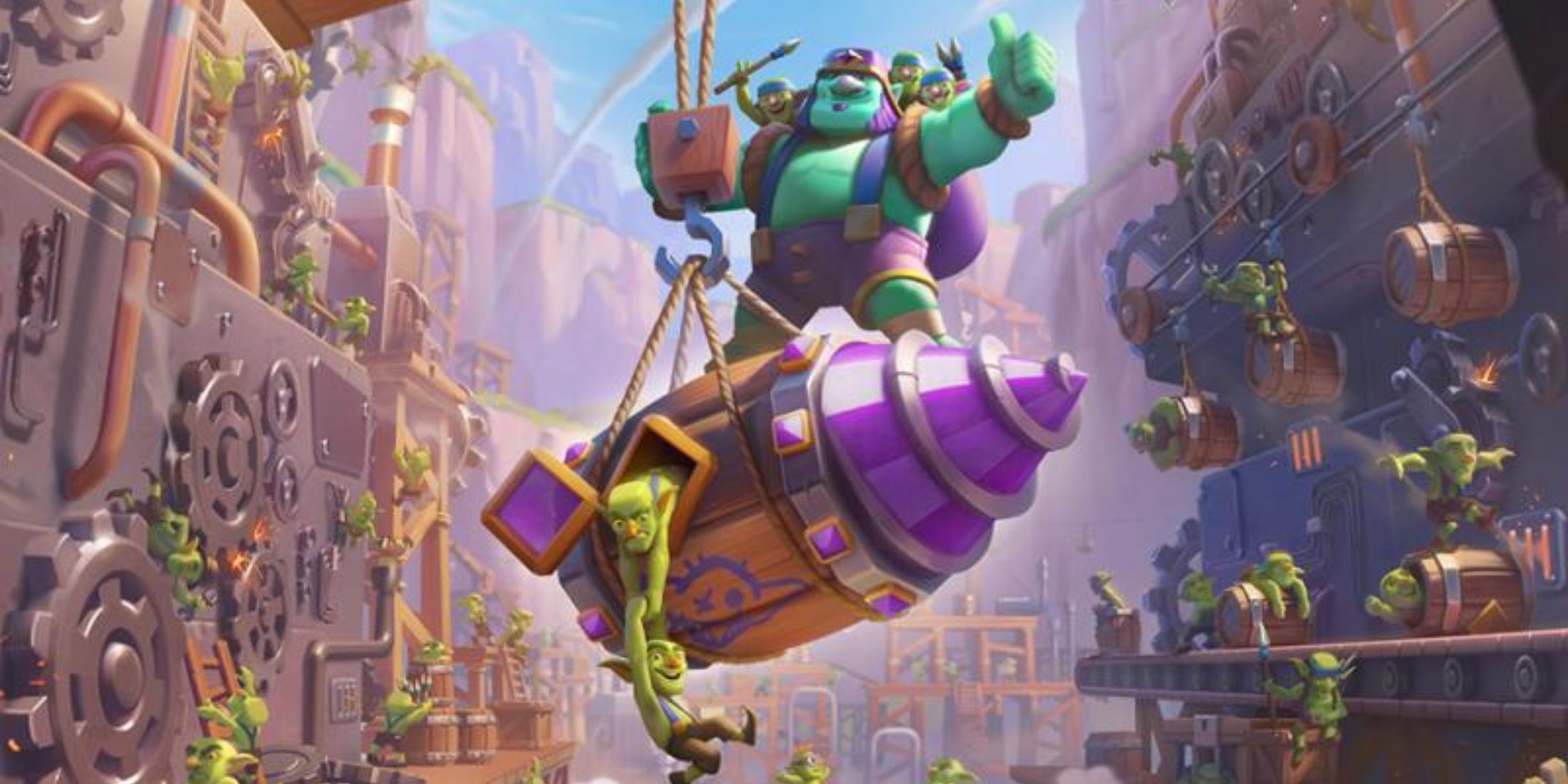Highlights
- Hollow Knight is tough, but also intimidating for some players, potentially turning them away from the challenging experience.
- By taking inspiration from Celeste’s Assist Mode, Silksong can offer accessibility options to cater to a wider audience.
- Adaptations like map markers or a more generous checkpoint system could make Silksong more enjoyable for all players.
Hollow Knight is a tough game—it’s one of the reasons so many players love it. But while its stiff challenge can lead to rewarding and mechanically satisfying combat and platforming sections, and underscore the hostile and unforgiving nature of Hallownest, it can also intimidate many would-be fans, turning them away at the door. While Hollow Knight‘s upcoming sequel Hollow Knight: Silksong is sure to reprise many of the original’s toughest elements, it should also take steps to make the experience more accessible and welcoming to a wider audience.
Accessibility can be something of a contentious topic of discussion for many gaming fans, but heartwrenching indie platformer Celeste is a good example of how it can be done right. Celeste, like Hollow Knight, can be brutally difficult, demanding lightning-fast reaction times and pinpoint precision, especially from anyone looking to complete the game’s many optional objectives and stages. This level of difficulty could easily be a turn-off for many first-time players, which is where Assist Mode comes into play. Assist Mode in Celeste is a toggleable set of options that allows players to tweak a number of key game mechanics, including:
- Game speed
- Stamina (Assist Mode offers unlimited stamina)
- Number of air dashes available
- Player invincibility
Van-14 is Developer’s Love Letter to Hollow Knight and Super Metroid
Robin Eyre talks to Game Rant about the qualities that shaped these model Metroidvanias, and how they have influenced the development of Van-14.
Why Hollow Knight: Silksong Should Learn from Celeste’s Assist Mode
Accessibility Options Are a Must for Hollow Knight: Silksong
The first Hollow Knight isn’t unfairly difficult, and most players experienced with challenging games, especially those in the platformer or Metroidvania genres, will probably be able to overcome what it throws at them. The issue is that not every player has the experience or inclination to power through the more difficult parts of the experience. When a game, or anything in life, for that matter, is too difficult, too early, it can cause someone to grow frustrated and eventually abandon it altogether. To be enjoyable, games need to strike a good balance between being challenging and accessible, and this balance point is totally subjective, which is why accessibility options are so important.
It’s important to note that Hollow Knight, like so many other tough-as-nails games, isn’t just about the challenge. Sure, the game is lauded for features like its combat challenges and memorable boss battles, but Hollow Knight‘s lore, atmosphere, art design, and exploration are also important parts of the experience. Players who, for whatever reason, can’t progress in the game due to its lack of accessibility, are forced to miss out on these other aspects of the game.
Adapting Celeste’s Assist Mode in Hollow Knight: Silksong
It’s safe to assume that Hollow Knight: Silksong will be like the original in terms of fundamental design principles, such as Metroidvania-style progression, exploration, and deceptively complex combat. It should go without saying that the game won’t have much in common with a precision platformer like Celeste, so Assist Mode options like increasing stamina or slowing down game speed might not be perfectly translatable. Instead, Silksong should adapt the general principles of Assist Mode, forming them around the Hollow Knight format. Perhaps the game’s version of Assist Mode could include more transparent or informative map markers to aid in at-times obtuse exploration or offer a more generous checkpoint system, cutting down on backtracking and making combat more forgiving.
Most importantly, Silksong‘s accessibility options should allow for some degree of flexibility and customization, just like Celeste‘s. For example, suppose one player really clicks with Hollow Knight: Silksong‘s boss battles but needs help transitioning into the Metroidvania flavor of exploration. This player could still enjoy the challenge of the game’s boss battles while engaging in exploration that is better suited to their playstyle. Hollow Knight‘s sequel is shaping up to be a worthy successor, and these sorts of accessibility options would bring it to more players who would perhaps feel locked out otherwise.

Hollow Knight
Developed by Team Cherry, Hollow Knight is a massively successful indie release that has spawned a much-anticipated sequel in Hollow Knight: Silksong. Players will control the Knight as he travels through this side-scrolling Metroidvania on a quest to rid a world of bugs from a mysterious and harmful plague.
- Developer(s)
- Team Cherry
- Publisher(s)
- Team Cherry
- Genre(s)
- Metroidvania
- Released
- February 24, 2017
- ESRB
- E10+ for Everyone 10+: Fantasy Violence, Mild Blood
- How Long To Beat
- 27 Hours
- X|S Enhanced
- No
- File Size Xbox Series
- 7 GB (November 2023)
- PS Plus Availability
- Extra & Premium

/cdn.vox-cdn.com/uploads/chorus_asset/file/25547838/YAKZA_3840_2160_A_Elogo.jpg)






